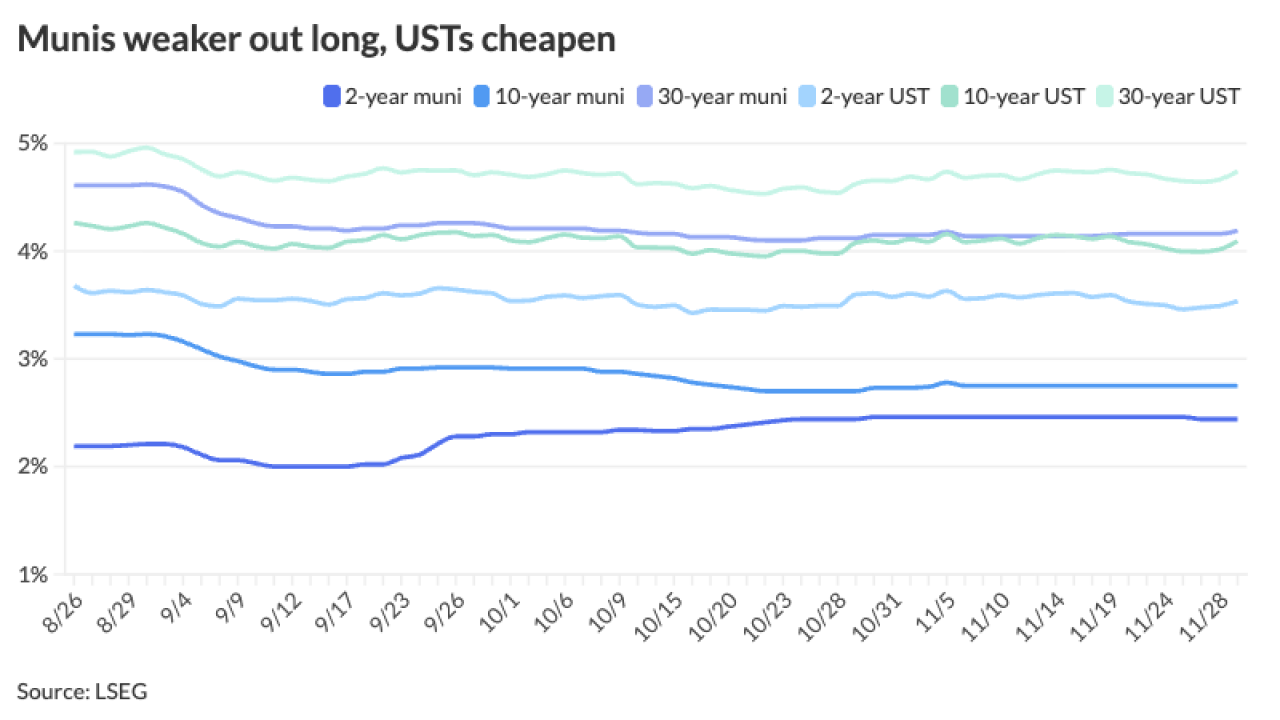Gov. Dannel Malloy wants Connecticut lawmakers to push out state contributions toward its teachers' pension fund, akin to changes the state made to the state employees' fund.
The General Assembly is scheduled to reconvene Feb. 7.
“Connecticut simply cannot afford annual payments of $4 to $6 billion into this fund – we must make smart reforms now to fix the system, and we can do it without curtailing benefits for teachers,” Malloy said in a statement. “If we don’t act, there will be no way to meet these obligations without hollowing out major state programs such as Medicaid and municipal aid. It’s that simple.”

In a 2014 study that Malloy commissioned, the
"TRS faces rising pension costs over the next 18 years if it continues with its current plan to fully fund the system by 2032," said the report. "The majority of the costs are a result of the relatively short time period over which TRS has chosen to pay down its large [unfunded actuarial accrued liability]."
SERS and TRS are the two largest of the six retirement systems Connecticut administers. The state issued a $2 billion pension obligation bond in 2008 to fund TRS. That bond matures in 2032, precisely the same date that TRS is scheduled to extinguish its unfunded liability.
Malloy proposed level-dollar amortization -- which would parallel steps the state took in December 2016 with the State Employees’ Retirement System -- in his fiscal 2018-2019 budget proposal.
In November, two weeks after Connecticut passed its four-months-late budget, state Treasurer Denise Nappier said the $41.3 billion
That budget increases retirement contributions from teachers by 1 percentage point -- from 6% to 7% of their pay -- and reduces the state’s contribution by $59.5 million from the amount the state otherwise would have paid into the fund for 2018 and 2019.
"The changes may meet the letter of the law regarding the bond covenant adopted in 2008 to shore up the fund, but they certainly violate the spirit," said Nappier.
According to an analysis by Cavanaugh Macdonald Consulting LLC, the new state budget will result in a further $20.4 million increase in the unfunded actuarial liability of the TRF and a decrease in the funded ratio to 55.97% from 56.01%.
Concerns over unfunded pension and other post-employment benefit package liabilities run national. A recent report card by the Volcker Alliance graded 19 of the 50 states D or D-minus in the legacy costs category.
Connecticut received a D in managing legacy costs from the alliance, which said state leaders did not follow best practices in public employee OPEB funding.
S&P Global Ratings said Connecticut’s above-average debt, high unfunded pension liabilities, and large unfunded OPEB liabilities “create we believe are significant and growing fixed-cost pressures that restrain Connecticut's budgetary flexibility.”
S&P and Fitch Ratings rate Connecticut’s general obligation bonds A-plus, while Moody’s Investors Service and Kroll Bond Rating Agency rate them A1 and AA-minus, respectively.





